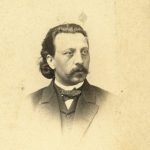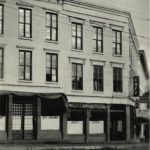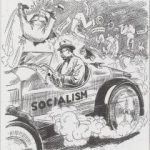One ringleader of the 1862 Ozaukee County Riot was Nicholas Kemp, an immigrant from Luxemburg, Germany, and blacksmith by trade, who had emigrated to America in 1846. At the time of the riot he was in the general mercantile business.
In the days following the riot brought on by the fear of the draft drum, Governor Salomon dispatched troops who surrounded the town and took the rioters into custody. Anecdotal reports say that at first, Kemp boasted that there “were not enough soldiers in the state to take him” but when he was taken into custody, he was “as tame as a chicken.” Kemp and a number of others were imprisoned in Camp Randall located in Madison, Wisconsin where the ringleaders were held for months.
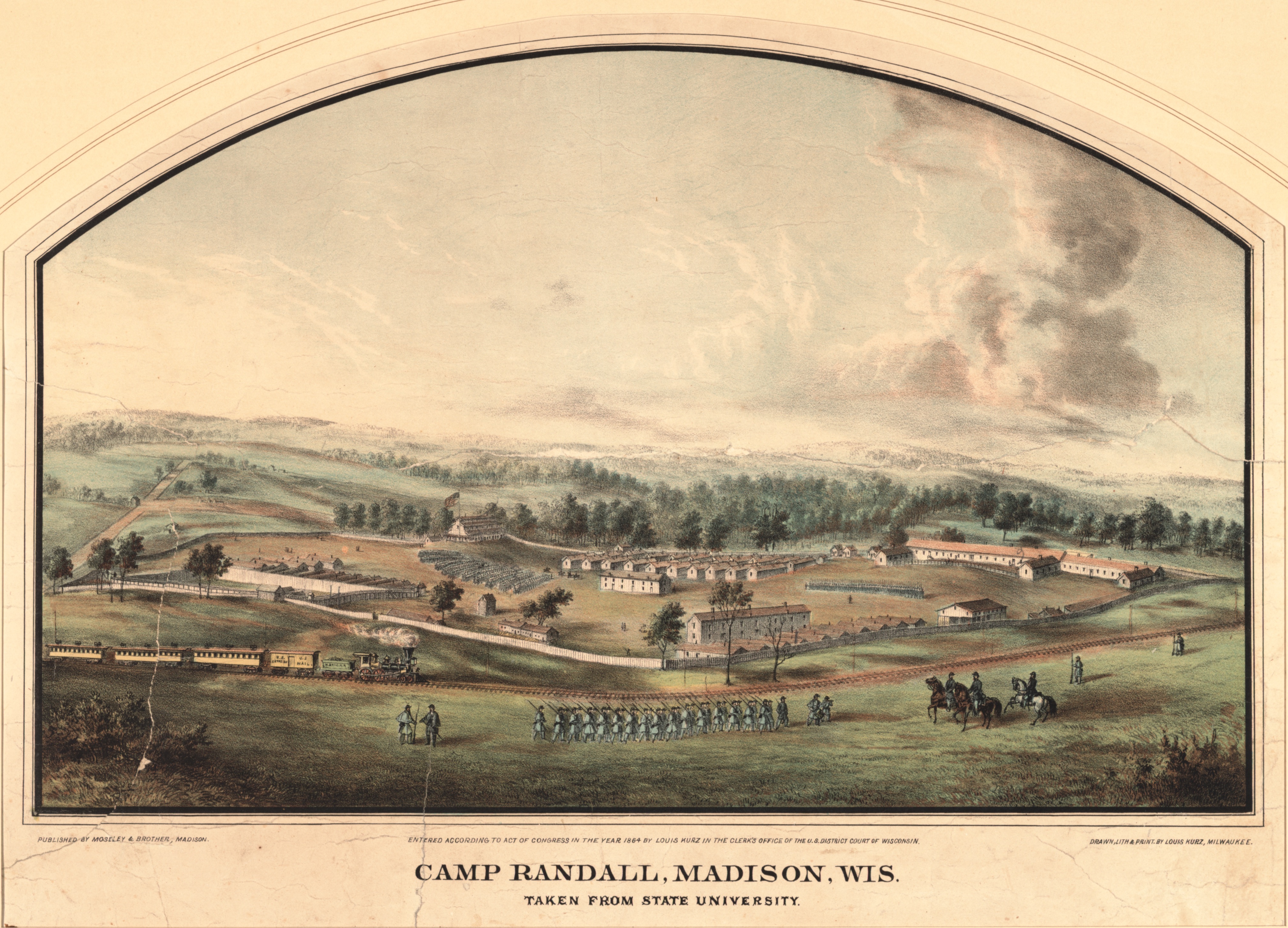
Because Kemp had violated state law, his case should have been considered at the state level but state criminal charges were dismissed on a technicality. Still detained in the federal army prison camp, Kemp eventually hired a prominent lawyer named Edward G. Ryan (who later became the Chief Justice of the Wisconsin Supreme Court) who argued that he should not be held in a military prison. In one of its more famous cases, In re Kemp, 16 Wis. 382 (1863), the Wisconsin Supreme Court ruled that Lincoln’s executive order to suspend habeas corpus overstepped Lincoln’s bounds as President. This was a difficult predicament for the court, The court reasoned that due to the location of Wisconsin, well away from the “theater of war” it could not reasonably be considered under Martial Law and Kemp’s military imprisonment was thereby illegal. In his opinion Justice Paine wrote “the power to issue writ is given by law. It requires a law to change a law, and the President cannot make a law.”
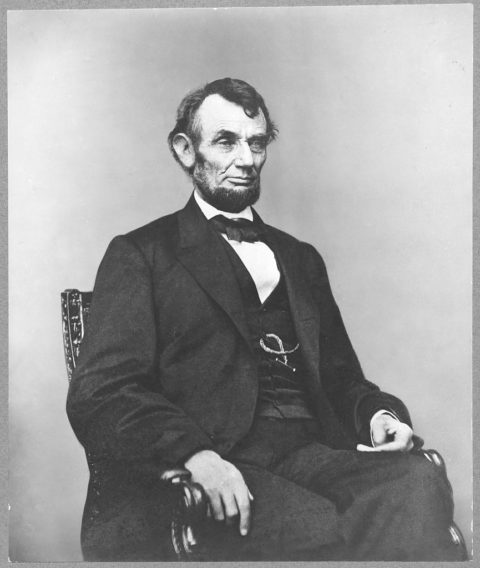
The Court, however, stopped short of actually freeing Kemp, not wanting to clash with the federal government. Interestingly, the Wisconsin legislature was deeply troubled by the court’s decision and notes from the Assembly in 1863 indicate some legislators hoped to pass a resolution rejecting the Supreme Court’s decision, but ultimately realized the Supreme Court needed to decide the matter. Fearing the precedent the case would set President Lincoln was apparently concerned about the outcome but decided to appeal to the U.S. Supreme Court. Before the case could begin, however, Congress moved forward and approved Lincoln’s suspension of habeas corpus, thereby legalizing the imprisonment of dissenters without trial. After his release Kemp returned to Port Washington where he became a business partner of William Ramsey, the officer who led the troops to Port Washington during the riot.
Written by Jack Fain, June 2017.
